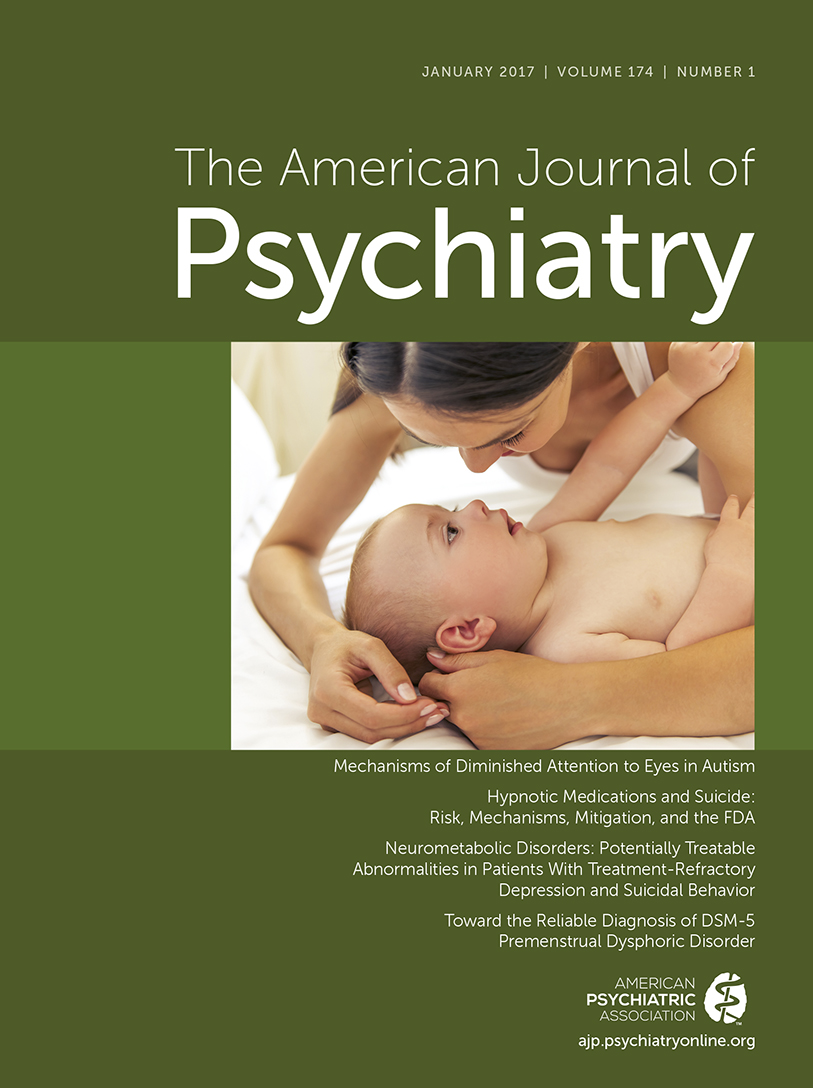Norepinephrine Transporter in Major Depressive Disorder: A PET Study
Abstract
Objective:
The norepinephrine transporter has been suggested to play a crucial role in major depressive disorder. However, norepinephrine transporter availability in major depressive disorder and its role with clinical symptoms are not known. The authors tested norepinephrine transporter availability in patients with major depressive disorder with the aim to identify any associations between test results and clinical symptoms.
Method:
The present research was a cross-sectional study in which 19 patients with major depressive disorder and 19 age- and sex-matched healthy comparison subjects underwent positron emission tomography scanning to evaluate the norepinephrine transporter availability measured by the radioligand (S,S)-[18F]FMeNER-D2. Norepinephrine transporter availability in the thalamus and its subregions was quantified in terms of nondisplaceable binding potential (BPND). The authors also analyzed the association between norepinephrine transporter availability and clinical symptoms.
Results:
Compared with healthy subjects, patients with major depressive disorder showed 29.0% higher BPND values in the thalamus and, in particular, 28.2% higher values in the thalamic subregion anatomically connected to the prefrontal cortex. Elevated norepinephrine transporter availability in the thalamus in patients was positively correlated with attention, as measured by the Trail Making Test, part A.
Conclusions:
These findings revealed altered norepinephrine transmission in patients with major depressive disorder, suggesting that this alteration could be related to attention in this patient population.



